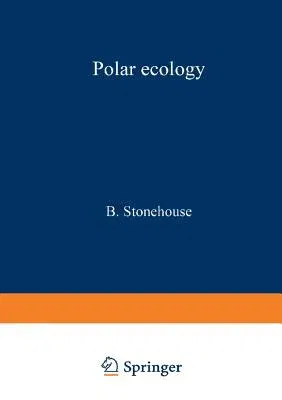Bernard Stonehouse
(Author)Polar Ecology (Softcover Reprint of the Original 1st 1989)Paperback - Softcover Reprint of the Original 1st 1989, 3 March 2013

Qty
1
Turbo
Ships in 2 - 3 days
In Stock
Free Delivery
Cash on Delivery
15 Days
Free Returns
Secure Checkout
Part of Series
Tertiary Level Biology
Print Length
222 pages
Language
English
Publisher
Springer
Date Published
3 Mar 2013
ISBN-10
1475712626
ISBN-13
9781475712629
Description
Product Details
Author:
Book Edition:
Softcover Reprint of the Original 1st 1989
Book Format:
Paperback
Country of Origin:
NL
Date Published:
3 March 2013
Dimensions:
21.01 x
14.81 x
1.24 cm
Genre:
Ecology
ISBN-10:
1475712626
ISBN-13:
9781475712629
Language:
English
Location:
New York, NY
Pages:
222
Publisher:
Series:
Weight:
281.23 gm

